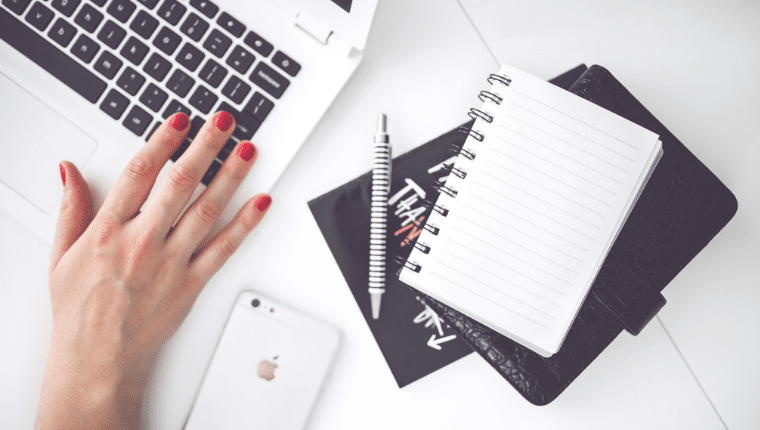Documentation is something many teachers in the Early Childhood Education profession still struggle with. The ever-increasing expectations from the Ministry of Education of comprehensive, robust documentation has left a lot of you confused and overwhelmed.
There are many different types of documentation required of teachers. One of the most important is the documentation of children’s learning.
The key to being able to document the meaningful learning of children is careful, attuned ‘in the moment’ observation. To be able to notice what a child is doing, what their interests and skills are and how they are engaging with the environment, resources and other people you need to be carefully and intelligently observing them. During any day we may notice hundreds of things that children are doing. It is then through professional expertise and judgement we can recognise many of these things as meaningful learning. We must then respond to the learning we have recognised in order to support and extend it for children.
How well do you know the core curriculum that you are providing for children? Do you understand the skills, dispositions and working theories that children are developing as they explore and experiment with the core curriculum? Learning and understanding this makes recognising learning during careful observation much easier. The learning we observe can be viewed through a number of different lenses. It is also important to note that your own values and beliefs will affect what you view as learning and how you view learning.
Dispositions are the skills we foster in children such as confidence, problem solving, curiosity, empathy and independence. Rather than focusing on what children do, dispositions describe how a child goes about doing things. Developing these is extremely important for children and recognising these as learning is far more important than the ‘project’ or ‘theme’ that a child may be involved in while displaying these skills.
Funds of knowledge cannot be taught. They are the family, community and life experiences that a child brings with them and they contribute to their foundational knowledge. The social and cultural experiences a child has leads to their authentic interests and inquiries. Working Theories are a combination of knowledge, skills, strategies and attitudes. They are the basis for learning how things work and how to make sense of the wider world. As children gain and become exposed to more experiences, skills and knowledge, theories about themselves and the people, places and things in their lives develop, they become more elaborate and useful and develop more connecting links between them.
Schema are behaviours most often associated with zero to three year olds and can be viewed as ‘annoying’. Ever got frustrated with the toddler who empties all the baskets of toys? Or the two year old that fills a trolley with everything from the sandpit box and transports it to the other end of the playground? Schemas come from within a child, from their innate desire to know how the world works. They are repetitive actions that help children to develop and fit ideas together, build understanding, patterns and concepts. They should be valued and not limited due to the inconvenience they can impose.
So where do you as a teacher fit in with all this learning? You are a facilitator, providing opportunities for children to engage, explore and experiment with a large variety of challenging and interesting experiences around the core curriculum. You are a narrator and questioner of children to immerse them in rich language and encourage them to think about what they are doing, extend their ideas and problem solve issues they may encounter. You are there, in the moment to carefully observe, to provide support or assistance if asked for and to extend the interests you see with more questioning or provision of new equipment/props. Most importantly you are the guardian of ‘not losing the moment’, so you are ensuring children have the unhurried time they need to explore and experiment in their own individual ways.
Time for the documentation. An example of how their ‘learning stories/notes’ can be set out
- Information/Notice
Your narrative story of what you have noticed, how the child engaged and the multiple voices involved
- Analyse information/Recognise
Time to use this narrative to recognise the learning taking place for this child and analyse information to set a goal. Remember the different types of learning you can observe and don’t forget to look for patterns with previous stories, the aspirations the child’s parents have for their learning and links to Te Whaariki.
- Plan/What Next
How can you achieve this goal by extending the learning you have identified? What are you going to provide to extend the learning observed? A helpful thing to do is brainstorm the types of things you can do and have discussions with other members of your team.
- Act/Do
Implement your extensions and time for some more careful observation. Document activities, trips, and conversations with child and family etc that you have done to extend the interest and learning.
- Reflect/Review
What has happened for that child? Have you achieved the goal set? What has the child gained/learnt/developed as a result of the extensions you have provided? Have more learning stories come from this? What have you learnt? Reflecting on how things went – positive and negative. Can you take this further?


